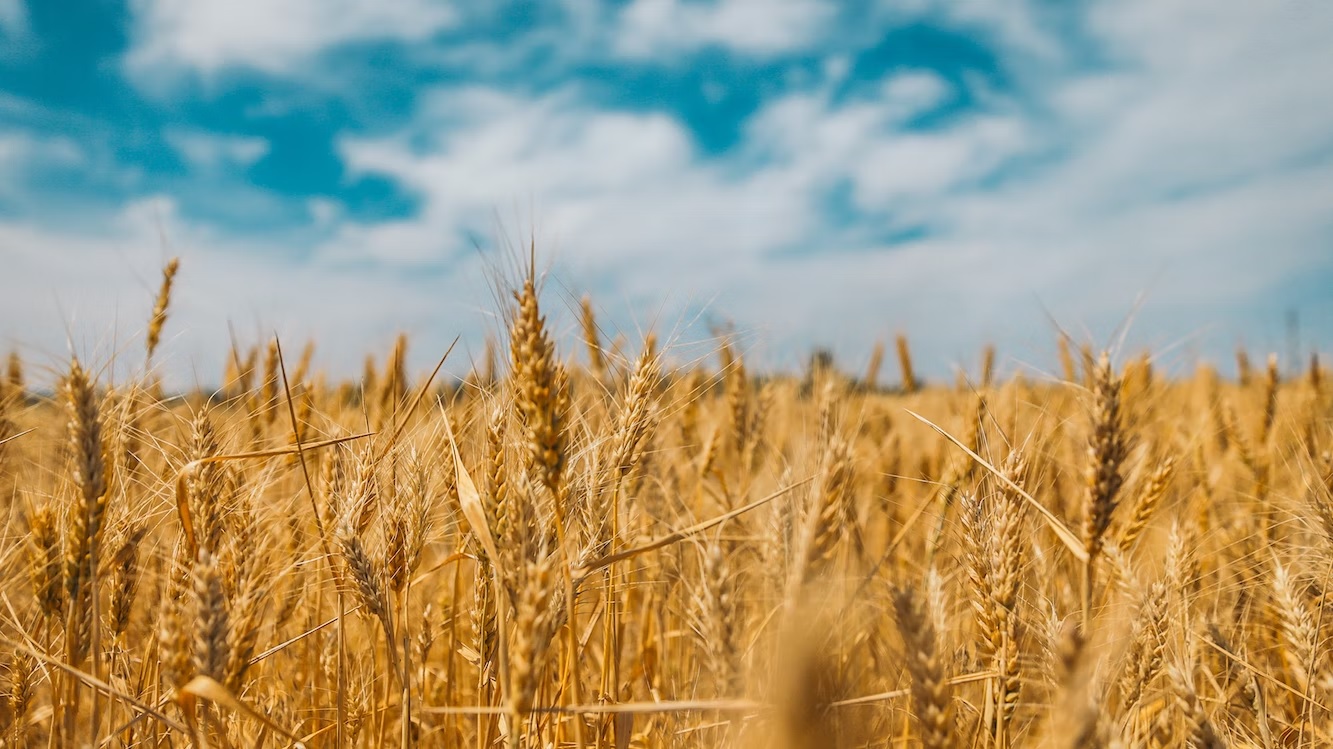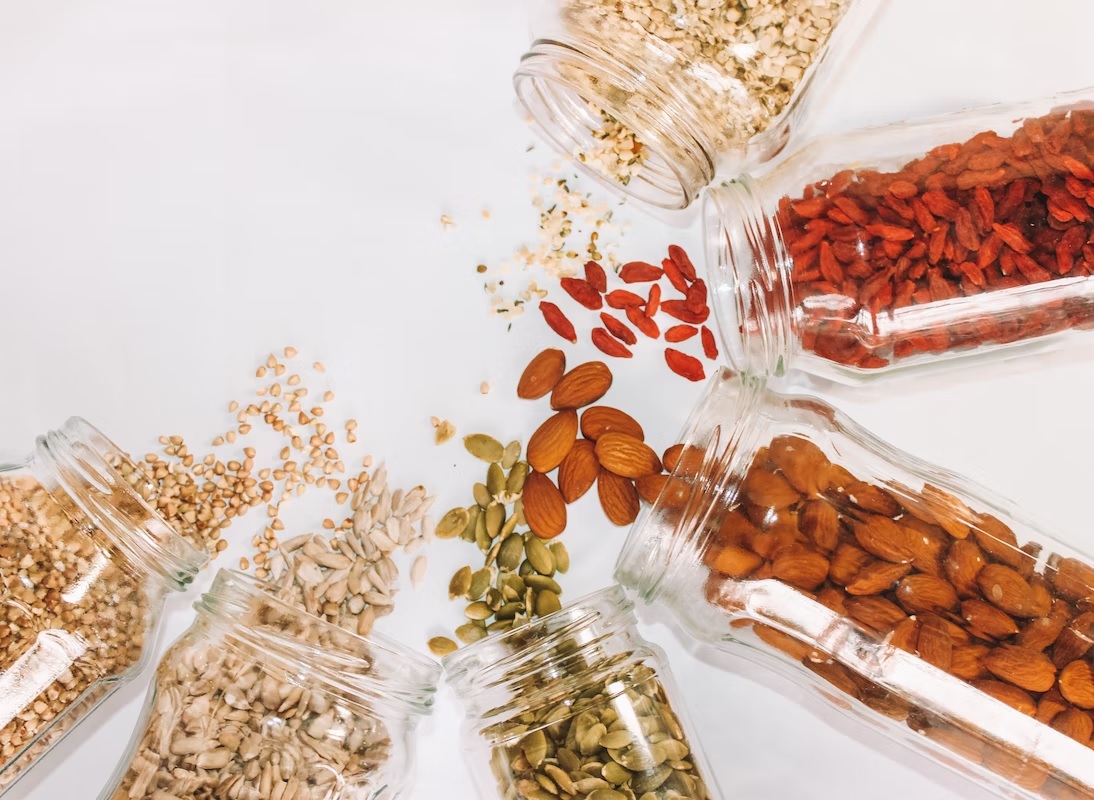Do you often encounter defects in the form of grain and noise in your finished photos? Don’t immediately discard such pictures, because in most cases the problem is quickly solved with the help of a suitable graphic editor. In this article, we will tell you how to remove noise in photos in different ways: with the help of programs for PC, online, or through applications for mobile devices. With a large number of image noise reduction programs, you can do a lot. One of the best is considered to be Luminar Neo. The AI tool automatically detects the noise level and corrects it to the right values. Thanks to this, even beginners can easily get to grips with it.

Causes of graininess in photos
Not every digital photo is accompanied by noise. If the photographic process takes place during the daytime in perfect light, you can safely avoid such aesthetic drawbacks.
The quality of the picture also depends on the camera used to take the picture and the sensitivity settings that can be set on it. Professional photographers can also adjust the shutter speed and aperture beforehand to create conditions for quality photography. Unfortunately, owners of simple cameras don’t have such options, so they are the ones who most often encounter poor-quality photos, so they seek to get practical experience in how to remove noise in Photoshop or with the help of other image noise reduction software.
Problem-solving at the stage of taking pictures
So that the user does not have to sit for hours at the computer and fix numerous problems in the photos taken, it is better to simplify the task initially.
That is, try to take photos so that the noise on them was minimal. Completely avoiding noise is unlikely to work. But you can at least help yourself to reduce the amount of editing work.
To do so, follow some pretty simple recommendations.
- Choose a RAW mode. It is really better to shoot with your camera in this mode. You will end up saving your files in RAW format. They differ in that they are more informative compared to the standard JPEG format. RAW files are not compressed. But it is the compression that leads to noise and artifacts in images.
- Use a low ISO setting. ISO indicates how sensitive the film or sensor is in relation to light. The lower the sensitivity, the more you will have to expose your shots. You will have to try harder to get an image with the right level of brightness. By using a high ISO, the exposure time is reduced and you can tighten the aperture. The problem is that you get a grainy or black volcanic effect in the picture when you use high ISO. And this is already bad from the point of view of photo noisiness.
- Expose to the right. The technique is called reduced ETTR. During shooting, it is recommended to slightly overexpose the image by literally 0.5-1 stop. The histogram should not go out and cause knocked-out areas in the image. But then you can easily compensate for the slight overexposure by developing the RAW image. This looks a bit complicated, but experienced photographers know what they are talking about. And they use it a lot. Don’t take long exposures. The longer the exposure time, the more your camera’s matrix will start to warm up. This leads to a hot pixel effect in the image.
And that’s where some people have a logical question. Why stick to the latter advice, if you need a longer exposure time for ETTR? It’s simple. In this situation, ETTR is indeed somewhat preferable. There will be less noise with this approach. In any case, you have to try and experiment and use different techniques.

Removing Noise with Built-in Photoshop Filters
Not every digital photo is accompanied by noise. If the photographic process takes place during the daytime in perfect light, you can safely avoid such aesthetic drawbacks.
The quality of the picture also depends on the camera used to take the picture and the sensitivity settings that can be set on it. Professional photographers can also adjust the shutter speed and aperture beforehand to create conditions for quality photography. Unfortunately, owners of simple cameras don’t have such opportunities, so they are the ones who most often face obtaining low-quality photos, so they tend to get practical experience on how to remove noise in Photoshop. For simpler tasks like combining images creatively Adobe Express pic collage can be invaluable for enhancing presentation. Whether refining a single photo or creating a collage, these tools offer user-friendly solutions for producing visually appealing content.
Also, the quality of the picture depends on what apparatus is used for taking pictures, and what sensitivity settings can be set on it. Professional photographers can also adjust the shutter speed and aperture in advance to create conditions for quality photography. Unfortunately, owners of simple cameras don’t have such opportunities, so they are the ones who most often face obtaining low-quality photos, so they tend to get practical experience on how to remove noise in Photoshop.
We are talking about the dust and scratch filters, as well as the noise reduction filters. Each of them deserves separate consideration. We should start with the simpler filter integrated into Photoshop. It’s called “Dust and Scratch”. Its peculiarity is that you can use this tool to remove noise from the image without too many settings. Just keep in mind that the filter can not cope with very noisy images. But it will remove a small part of the noise without any problems. Photoshop is not the best image noise reduction software if you are new to working with graphics editors, but it will allow you to maintain a high level of image clarity.
To apply the capabilities of this built-in filter, you will need to do the following:
- start the program;
- open the image to be edited;
- go to the “Filters” section;
- select the “Noise” option, then click on “Dust and scratches”;
You can handle most types of digital noise with these tools, but they do require a certain level of understanding of graphic editing.

